Tag: octalysis prime
-
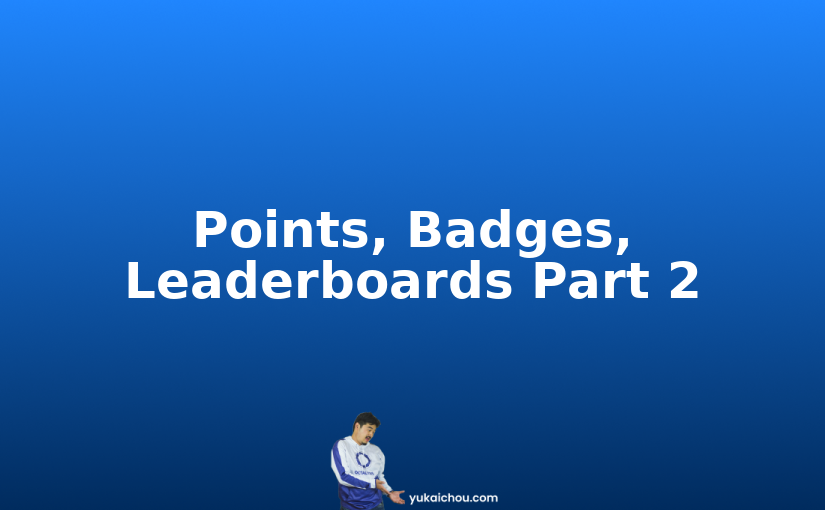
Points, Badges, Leaderboards – Part 2 of 3
Last week we discussed how behavioral design goes much further than the widely used Points, Badges and Leaderboards. It is, instead, about the right implementation of the right Game Technique at the right time and place, that makes for a successful design, and an engaging experience. However, points, badges, and leaderboards can be a powerful…
-
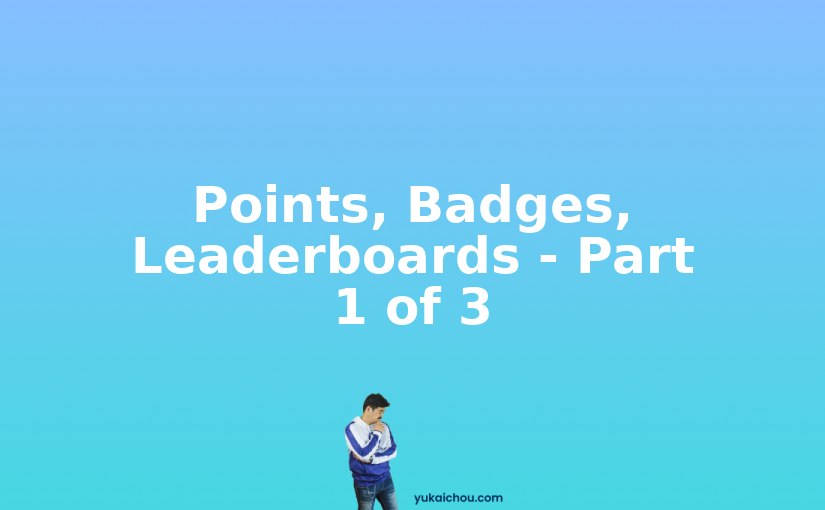
Points, Badges, Leaderboards – Part 1 of 3
Behavioral design goes much further than the widely used Points, Badges and Leaderboards. This principle is one that is at the core of Yu-kai Chou’s book: Actionable Gamification. However, points, badges, and leaderboards can be a powerful addition to your design, if used right. In Octalysis gamification we define two types of points: Status Points…
-
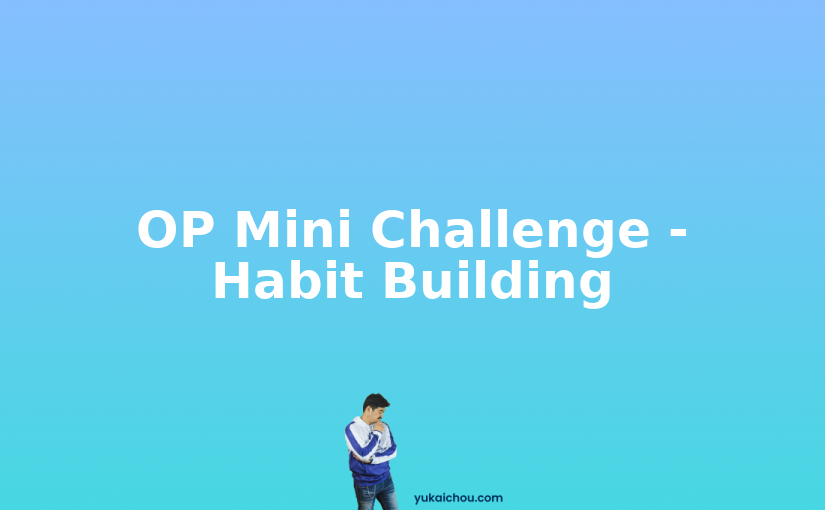
OP Mini Challenge – Habit Building
Two premium members of Octalysis Prime share their best answers to the Monday’s Mini Challenge on Habit Building in our Slack community.
-
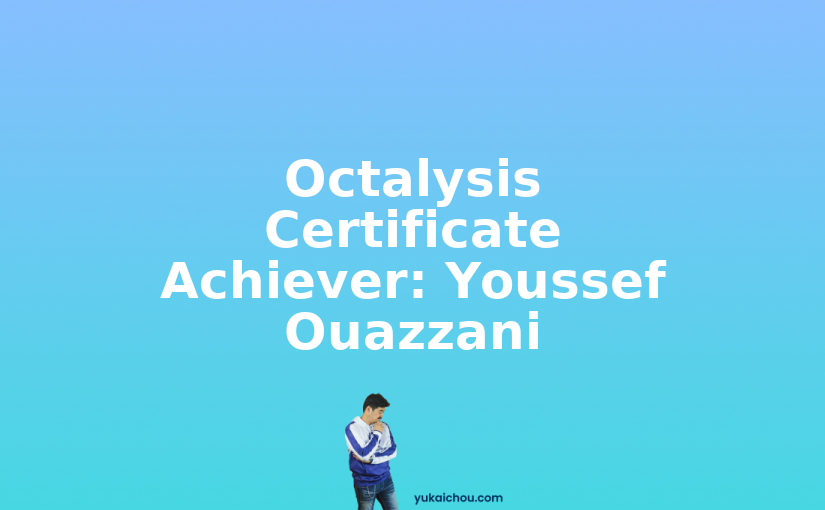
Octalysis Certificate Achiever: Youssef Ouazzani
Ever since we massively revamped our Octalysis Certificates, submissions have impressed us with higher quality. Here you can see the Hall of Fame with every person who attained their Level 1 and Level 2 Octalysis Certificate! Youssef Ouazzani – Association Marocaine des Jeunes Bénévoles Youssef Ouazzani committed to the effort of attaining his Level 1…
-
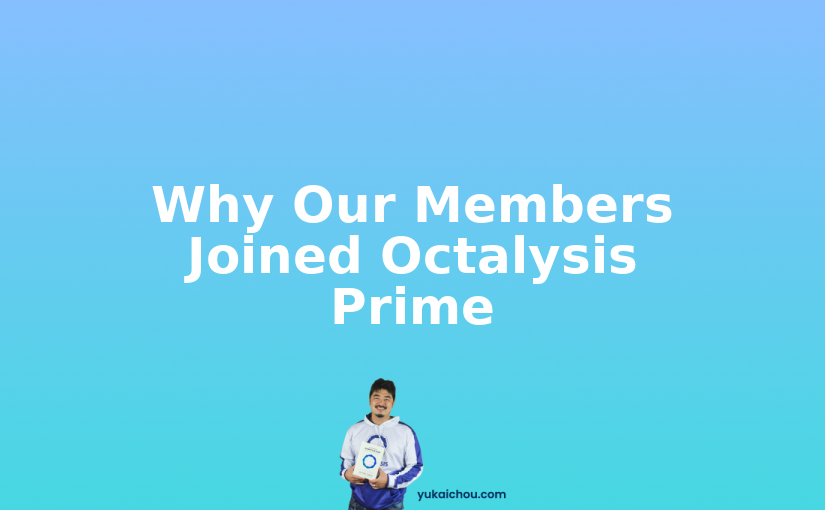
Why Our Members Joined Octalysis Prime
There are reasons we start things and reasons we stay engaged. We wanted to learn more about our members in OP, so we asked: Why did you start? Why are you still here? Here’s what we learned. This was taken from a sample of our Octalysis Prime paying members, including some annual members. About half…